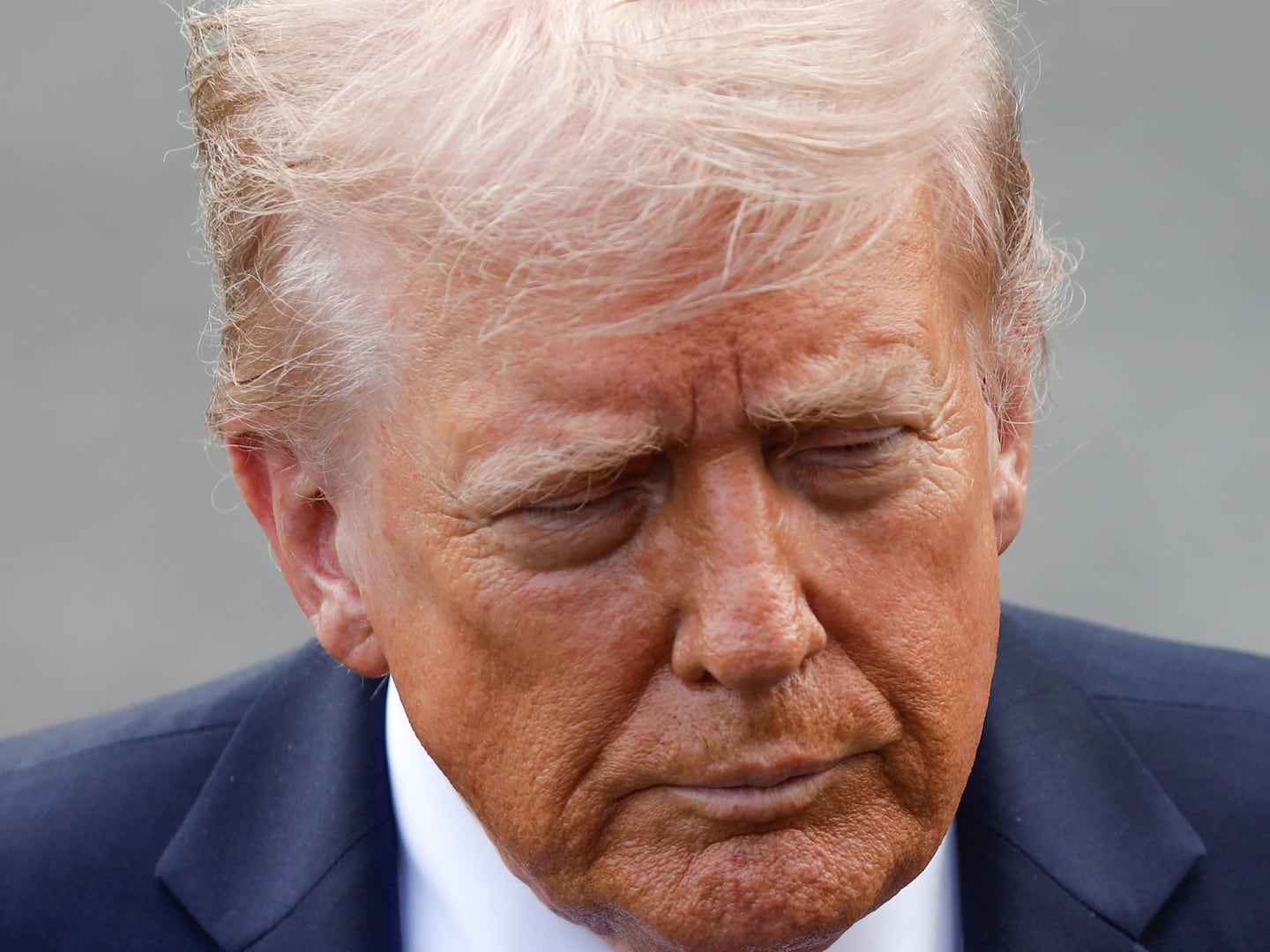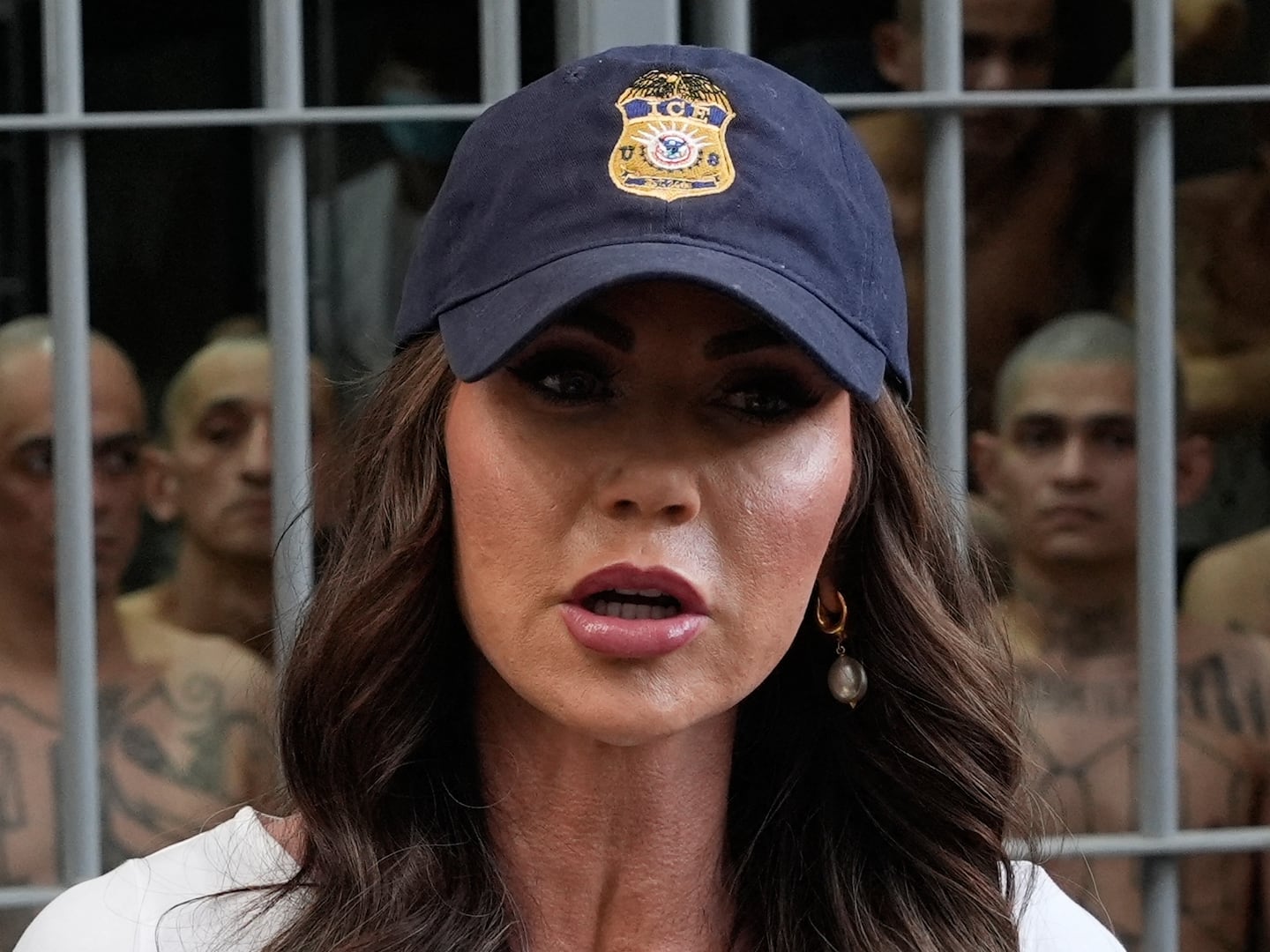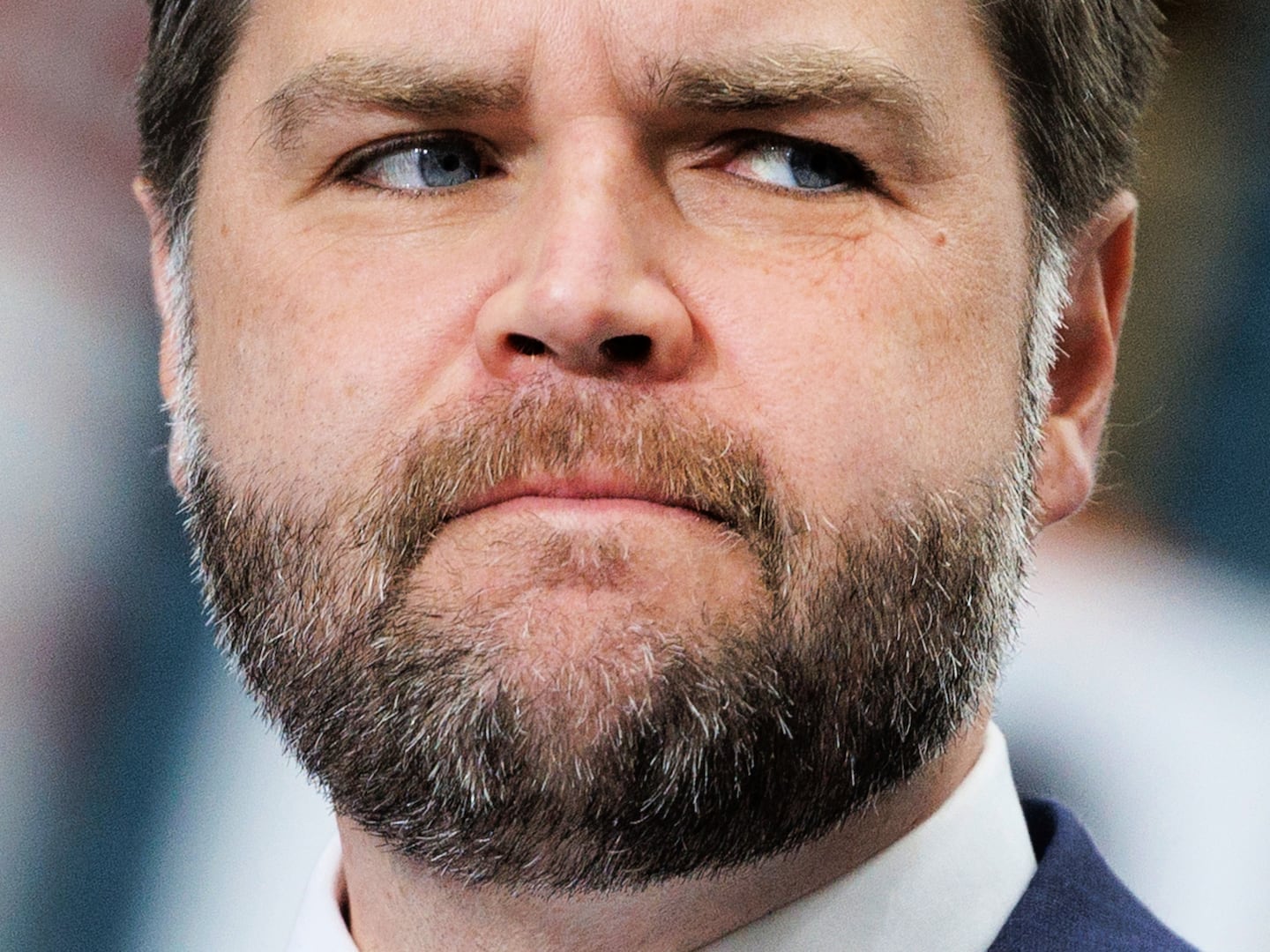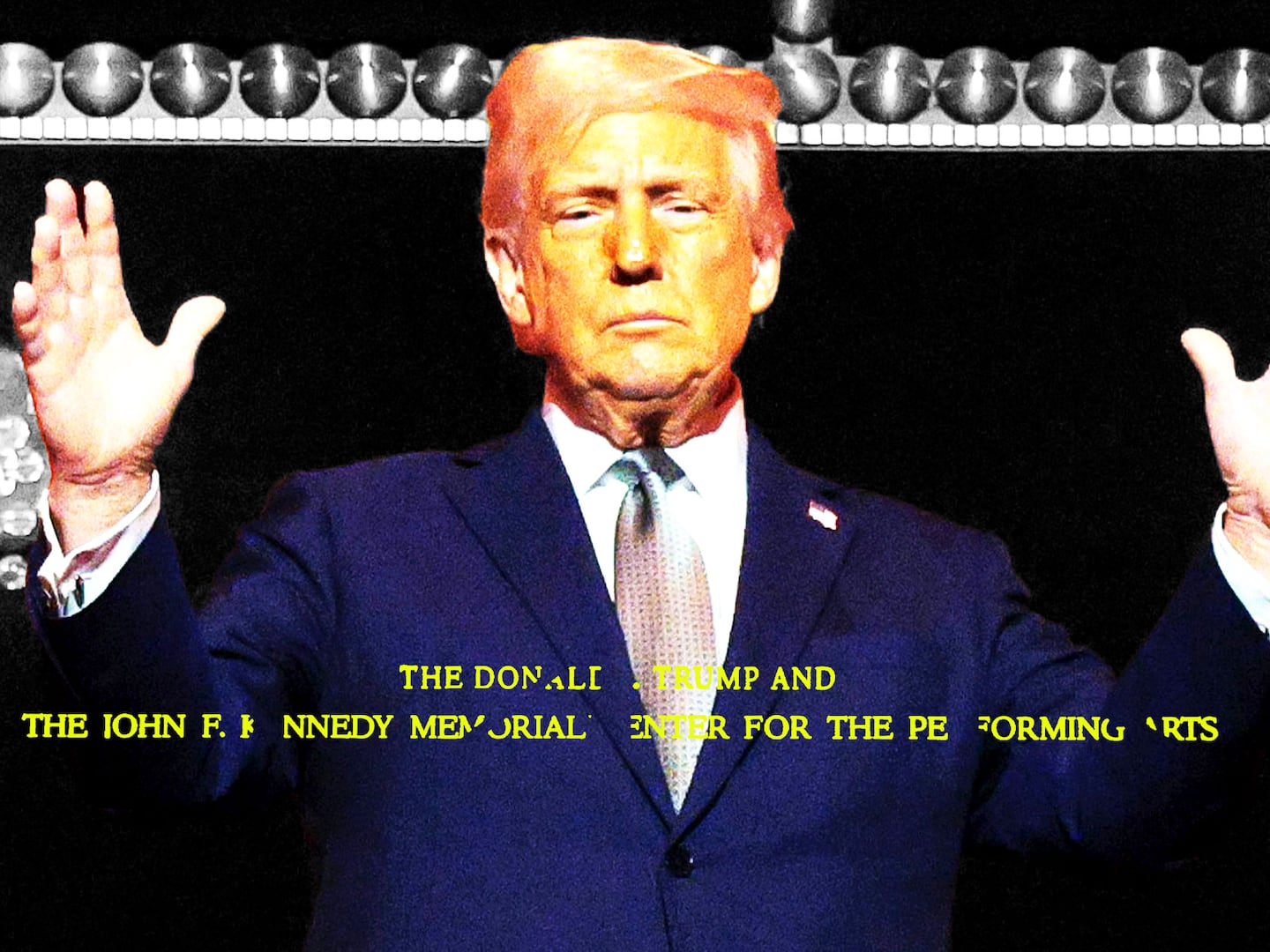Bikini-packed pool parties. Insane backyard blowouts. Unhinged prom bashes.
Spectacular scenes of COVID-19 recklessness have emerged from New Jersey in recent weeks, alarming state leaders into implementing new restrictions to curb the tide of rising coronavirus cases and prompting plenty of snickering about the Jersey Shore. But a looming question has plagued experts as similar signs of non-compliance have been witnessed across the Hudson River in New York—without the same upticks.
New Jersey and New York have had similar regulations, travel restrictions, and contact tracing efforts. Giant, raucous boat parties in New York are making headlines, too. So why aren’t infection rates following suit the same way? Why are two states that were both early coronavirus hot spots on seemingly divergent courses all these months later?
As of Thursday, New Jersey’s case rate per 100,000 people was 30 over the past seven days, according to The New York Times. The state had a positivity rate of 1.77 percent on its tests over the past week, according to the Johns Hopkins University Coronavirus Resource Center. For the past month, that number was 1.52 percent. The state was testing 2.3 people per 1,000, a rate that was trending downward according to Johns Hopkins.
Those figures might seem perfectly fine in the abstract, but they amounted to an ominous trend.
“The numbers are setting off alarms,” New Jersey Gov. Philip Murphy said last Friday. “We are standing in a very dangerous place.”
Meanwhile, New York’s case rate per 100,000 was 24 over the past seven days, according to the Times. This week, the state had a positivity rate of 0.97 percent on its tests, according to Johns Hopkins. For the past month, that number was 1.06 percent. The state was testing 3.5 people per 1,000, a rate that was trending upward according to Johns Hopkins.
Conversations with a wide array of public health experts, local health officials, and disease modelers suggested the reasons for the split were still very much out of focus. But hypotheses ranged from subtle differences in pandemic restrictions to the perception of New York as being more inclined toward aggressive enforcement, deterring non-compliance and would-be spreaders from traveling there.
“Up until this week the restrictions on indoor gatherings were way too high” in New Jersey, said Dr. David Rubin, the director of PolicyLab at Children’s Hospital of Philadelphia, which has modeled the pandemic in collaboration with the White House Coronavirus Task Force. “That was really problematic, particularly with people gathering on the Jersey Shore, which also has a long coastline and is a big vacation destination.”
Of course, New Jersey’s cases and test positivity rates were nowhere near as concerning as those in hot zones like Texas or Florida. And New York is still finding more COVID-19-positive people on any given day than its neighbor, thanks to its much larger population.
But the trendlines in Jersey have concerned state authorities, and last Friday, Murphy squarely placed the blame for new cases on residents not following the rules.
“Everyone who walks around refusing to wear a mask, or who hosts an indoor house party, or who overstuffs a boat, is directly contributing to these increases,” Murphy told reporters. “This has to stop.”
It didn’t.
Just one day later, about 300 bikini-clad and maskless guests spilled out of a massive pool party in Alpine, New Jersey, when police showed up to break up the crowd, NBC New York reported. The party was advertised on social media and by DJs as “The Lavish Experience Pool Party,” and the unidentified host told local reporters that “it got out of control.”
Promoters had posted about the party, and party buses pulled up outside.
“It’s been happening all summer,” one neighbor told The New York Post. “The owner of the house doesn’t care, the mayor doesn’t care. There’s cursing, loud music, drugs.”
Alpine Mayor Paul Tomasko, for what it’s worth, told the local NBC station that such parties were under investigation by local police, state officials, and the county prosecutor’s office.
A few weeks earlier, a “BikiniPalooza” event was held at the same mansion, with some neighbors calling it “a night club.” It received the same promotional treatment, according to posts on Instagram.
Murphy has said the event involved “close congregation and not a lot of face covering, if any.”
In the aftermath, the governor announced on Monday that he would reduce the limit on indoor gatherings to 25 percent capacity, capped at 25 people total. Until this week, it had been capped at 100. By contrast, Gov. Andrew Cuomo’s executive order on COVID-19 has for some time prohibited crowds of non-essential workers over 50 people indoors.
The rate of transmission in New Jersey jumped from 0.87 a month ago to 1.48 on Monday, Murphy said, meaning that people were spreading the virus more readily.
“This is no time for complacency, for selfishness, or for thinking that someone else can wear a mask but not you,” Murphy tweeted on Wednesday. “Do your part.”
Carrie Nawrocki, executive director at the Hudson Regional Health Commission, which oversees a population of about 675,000 and includes Jersey City, said her area has seen “extensive delays with testing turnaround time,” making it “difficult to get an accurate picture of the daily cases we have.”
Nawrocki said that there has not been a significant increase in case numbers among the 18-29 age group, but that she doesn’t “think that’s necessarily the age group that’s going to get tested as often, especially if they are not adhering to social distancing.”
“We have enough contact tracers and disease investigators for every new case that comes in, so we are reaching out to everyone and we haven’t identified one specific reason why people are getting COVID,” said Nawrocki. “My guess would be that they have to do with travel.”
That being said, NJ.com reported that state officials warned in recent weeks that the 18-29 age group was the fastest-growing in the state to test positive for COVID-19, and Murphy has certainly pointed the finger at large indoor parties hosted by younger people. Dozens of new cases have been traced to house parties in towns like Westfield and Middletown.
Still, the same recklessness—yelling, cheering, drinking and singing without masks—has been reported in New York City. On bistro patios, on crowded boats, and in the middle of crowded streets.
“We’re drinking to everyone’s health,” a 31-year-old consultant who was drinking a beer with running buddies at a sports bar told Bloomberg News last month. “We could’ve stopped the virus a long time ago if they gave us clear directions. Now, they want to blame it on us.”
Last weekend, officials in New York City broke up an alleged sex party of about 30 people in Midtown on Friday and then, a day later, busted a party boat filled with 170 revelers. Authorities arrested the owners of the ship, the Liberty Belle, for allegedly violating the state's ban on large crowds and for running a bar without a license.
On Sunday, the New York State Liquor Authority issued violations for 24 city establishments that violated social distancing guidelines, according to Gov. Andrew Cuomo’s office. The state has also reportedly opened an investigation into a July 25 outdoor charity concert in the Hamptons that was attended by more than 2,000 people. As of this weekend, the total number of pandemic-related charges in the state had hit 503, according to ABC News.
“It’s disrespectful,” Cuomo said Monday. “It’s illegal. It violates public health. It violates public decency. What if one of the people on that cruise gets sick and dies?”
Rubin posited that the main difference between both states could be a matter of enforcement. Or, just as important when it comes to deterrence in the context of disease containment, the perception of enforcement.
“My impression of Gov. Cuomo is that kind of tough stance with anyone who might try to defy the rules,” said Rubin.
At the very least, the two states’ travel advisory websites show a tonal difference on that score. That matters because, according to Dr. Brittany Kmush, an assistant professor at Syracuse University and expert on epidemiology and infectious diseases, “the biggest risk in both states is importation from higher risk areas.”
“The self-quarantine is voluntary, but compliance is expected,” according to the New Jersey public health department website’s travel advisory page. The New York health department meanwhile, “expects all travelers to comply and protect public health by adhering to the quarantine.’ But, significantly, it also stipulates that it reserves “the right to issue a mandatory quarantine order” on any given individual, for which a violation is subject to a penalty of up to $10,000 or imprisonment up to 15 days, according to the state’s website. New York City also made a show of announcing checkpoints to enforce a quarantine on out-of-state travelers this week.
“If people don’t believe there’s any penalty, they’re just going to defy orders,” said Rubin. “These are very important differences.”
“Even though both states have the same travel restrictions, the perception of the consequences differ by the states,” Kmush added.
New Jersey has made its own show of enforcement, too—or, at least, it did in the past.
From April through June, State Attorney General Gurbir Grewal and State Police Superintendent Patrick Callahan released regular round-ups of enforcement actions against violators of Murphy's executive orders. Just in the first weekend, they reported that officers had issued more than 200 summonses in Newark alone, each carrying a sentence of up to six months and a fine as large as $1,000.
Local police also famously busted a party of 30 people at a house in the town of Rumson and arrested the homeowner and an allegedly unruly guest. Cops cuffed a Toms River man after crashing another party of 20 at his abode. Authorities in West Windsor took a 16-year-old year into custody who they accused of hacking on a 52-year-old in a Wegmans supermarket. And 13 people were charged with second-degree terroristic threats during an emergency in as many incidents in just the first half the month, after they reportedly coughed or spit on police and claimed to be carrying the virus. The round-ups went from daily to weekly in May, to ending entirely after June 5 as the state moved forward with reopening.
Asked for comment, Murphy’s office deferred to Grewal’s team, who did not provide a response by press time. The New Jersey Department of Health did not respond to a request for comment for this story.
“I got the sense that New Jersey was not enforcing things as strongly as New York is, where Cuomo has cracked down on bars and is wielding more penalties than other governors are, and that’s keeping people in line,” said Rubin. For guidelines and restrictions in other states, what will matter in case counts, he said, is: “Are these just empty threats? Or is there just more teeth to them?”
In any case, Rubin said, “Our models are seeing sea levels rise everywhere around New York, but we don’t know exactly why New York has been insulated from the resurgences we’re seeing in New Jersey and Pennsylvania.”
Or, as Kmush put it: “I really don’t think we’ll know the answer to this for years.”
—With additional reporting by William Bredderman








